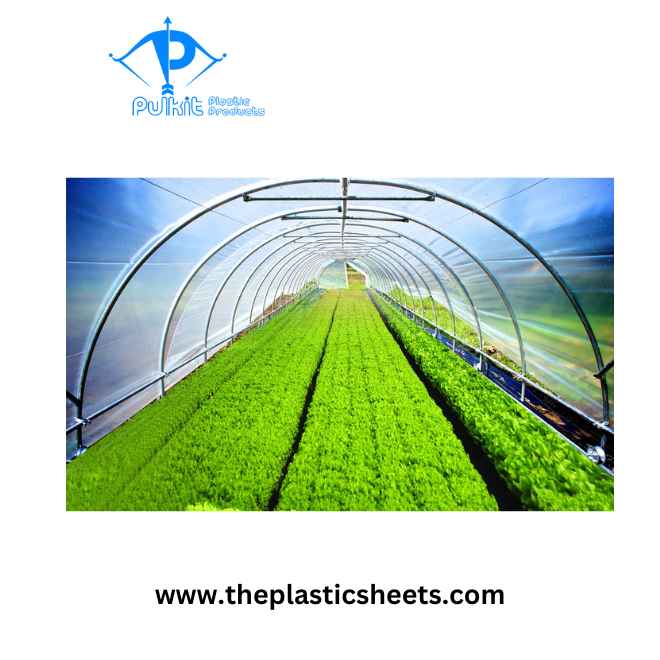The ramifications of climate change observed across the globe have forcefully brought sustainability to the forefront in nearly every domain. Now more than ever, businesses across all sectors are looking for ways to become more sustainable and environmentally friendly. This integration is not just seen in their products or services, but in the very infrastructure they operate from – their physical commercial spaces.
This guide is tailored towards entrepreneurs, business owners and policy makers interested in understanding and implementing sustainable practices in their commercial spaces, with an emphasis on eco-friendly fitouts. We will delve into the essence of commercial fitouts, the principles of sustainable design, the role of technology, case studies, regulations, future trends and more.
Understanding Commercial Fitouts: More Than Just Aesthetics
It generally involves the renovation or redesign of commercial spaces to fit the needs of the occupant. However, a sustainable commercial fitout goes beyond this simple definition and aesthetic considerations. It involves the use of resources, materials and designs targeted at reducing the environmental impact and improving the health and wellbeing of occupants.
There are several benefits of sustainable commercial fitouts. First, they help businesses reduce their carbon footprints, contributing to the fight against global warming. Second, these fitouts often incorporate energy-efficient features that can lead to significant cost savings in the long run. Third, they create healthier work environments that can increase employee satisfaction and productivity.
The Principles of Sustainable Design
Sustainable design involves several key principles. Lifecycle thinking is one, where each stage of a product or aspect of a fitout, from manufacture to disposal, is considered for its environmental impact. Multifunctionality is another principle, which encourages designs and installations that serve various purposes, reducing the need for more materials. There is also the use of renewable or recycled materials, which significantly reduces demand on natural resources and energy consumption.
In the context of commercial fitouts, these principles are essential. For example, by considering the full life cycle of materials and products, businesses can make choices that reduce waste and recycling needs. By using multifunctional designs and installations, space can be used more efficiently, potentially reducing the need for larger, more energy-intensive premises. The use of renewable or recycled materials is both a statement of a company’s environmental commitments and a practical way to reduce environmental impact.
Planning Your Sustainable Fitout: A Step-by-Step Guide
Planning for a sustainable commercial fitout requires an intricate knowledge of the process from the onset. Some key stages of this process include the conceptualisation and finalising of the design, sourcing and procurement of sustainable materials, and overseeing the implementation process with a focus on sustainable practices.
Key considerations to keep in mind during the planning process include establishing a feasible budget that accounts for the potentially higher upfront costs of sustainable materials and technologies, choosing contractors with proven experience in sustainable fitouts, and setting a realistic timeline that allows for the careful and proper implementation of sustainable practices.
The Role of Technology in Sustainable Fitouts
Technology plays a substantial role in the facilitation of sustainable practices. Energy-efficient appliances, smart thermostatics, and other green technologies are integral in today’s sustainable commercial fitouts. These devices not only help reduce energy consumption but also contribute to cost savings in the long run.
For instance, smart thermoregulation systems can automatically adjust to maintain the ideal temperature conditions while optimising energy use. LED lighting, known for its power-saving qualities, can significantly reduce a building’s overall energy consumption. Other technologies, such as automation systems, can ensure lights and equipment are turned off when not in use, preventing unnecessary energy wastage.
Regulations and Standards for Sustainable Commercial Fitouts: A Guide for Business Owners
In Australia, there are several regulations and standards that business owners need to be cognizant of when planning for a sustainable fitout. Some of these include the National Construction Code (NCC), the Building Energy Efficiency Disclosure Act 2010, and the Green Star Rating Tool by the Green Building Council of Australia.
These regulations set the minimum requirements with regards to energy efficiency, water saving and other sustainable practices in commercial buildings. Therefore, understanding and adhering to these regulations is not optional but mandatory for businesses contemplating a sustainable fitout.
The Future of Sustainable Commercial Fitouts: Trends to Watch Out For
Some sustainability trends are shaping the future of commercial fitouts, and it is critical to be aware of these when planning for a sustainable fitout. For instance, the trend towards biophilic design principles – introducing more natural elements into commercial spaces – contributes to better air quality, improved employee well-being, and energy savings due to natural light.
Other trends include the growing focus on circular economy principles, transforming waste into resources, the use of advanced, energy-efficient lighting systems, and an increased emphasis on digital connectivity to optimise energy consumption and user comfort.
Finding Professional Help: Tips for Picking the Right Sustainable Fitout Expert
Finding and choosing the right professionals to execute your sustainable fitout can be daunting. Some pointers to assist in the process include researching on the availability and reputation of green contractors in your area, examining their portfolio of past projects, and assessing if they are knowledgeable about different eco-friendly materials and energy-efficient technologies.
Equally importantly, inquire if they are conversant with relevant local sustainable practices regulations, and whether they can provide verifiable references from past clients who can attest to their professionalism and expertise.
Conclusion: Sustainable Fitouts, Sustainable Businesses
In conclusion, a sustainable commercial fitout is a long-term investment that offers more than just financial returns. It greatly contributes to the creation of a working environment that promotes employee well-being, significantly reduces a company’s carbon footprint, and sets a positive example for clients and other stakeholders. Embracing sustainable commercial fitouts is a future-focused step that translates into sustainable business practices and, ultimately, a sustainable world.













